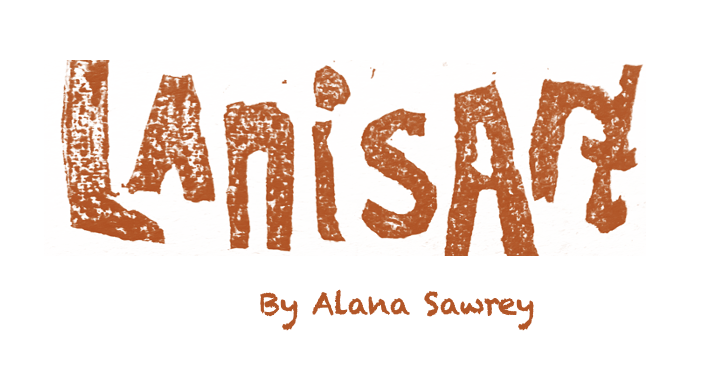I’ve been learning my way around a cool art form: gel press printmaking. It’s always been mysterious and intimidating to me, but I’ve dived in and am really loving it. I thought a little introduction to this art form might be helpful for others too. Some of these will be used as prizes for Self Care Bingo at my workplace this week (It is Mental Health Week in QLD)
Here’s what you need to get started:
Materials
Acrylics
Papers- various sizes and colours of choice- thin papers seem to work (like rice paper)
Tips
It takes a minute to work out how much paint to use (not much!) and which papers work well- let yourself make prints that don’t ‘work’ while you’re getting the hang of it!
Cheap acrylics can be ok but REALLY cheap ones ie poster paints don’t work well. Also, if the paint is too heavy bodied it doesn’t work well. I’ve found Mont Marte student paints totally fine, but the best results have been using Amsterdam Acrylics. They’re so beautiful.
Therapeutic Qualities
-This art form allows the opportunity for do overs - print, and reprint, and layer, and layer again
-opportunity to sit with such an imperfect art form, that is quite difficult to control. Practising how to tolerate the imperfect.
-Fosters some curiosity - what shapes can I make? How will the colours blend? What effect do I want?
-Can help develop fine motor skills - use of a roller to roll paint, the dexterity to carefully peel paper off, you can even use paint pens to write directly onto the gel plate (write backwards because it will print the other way)
-It is pretty quick - in a one hour session people can make about 6 different designs (though you do need to let paint dry before rolling another layer of paint over the top)
This all takes a minute to get your head around, and it’s so versatile because there are so many ways to use this printing technique! This is just what I have been enjoying so far.
Happy printmaking!
Good stuff.
I drew the design straight onto the plate, then let it dry, then rolled mustard yellow over it, then pressed it onto paper.





















